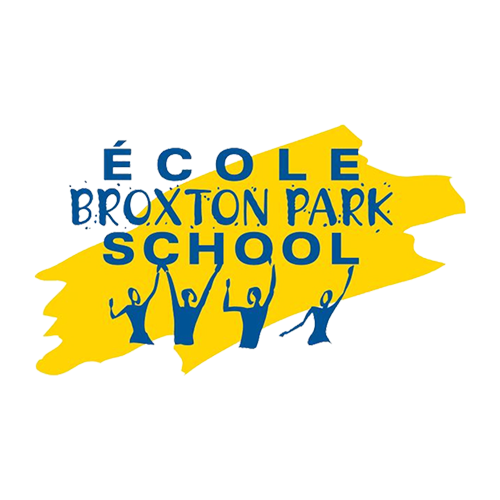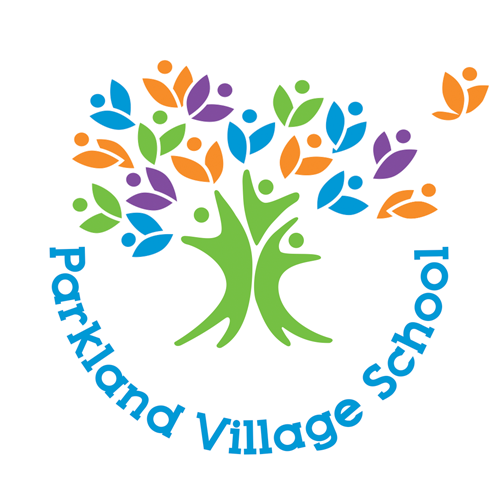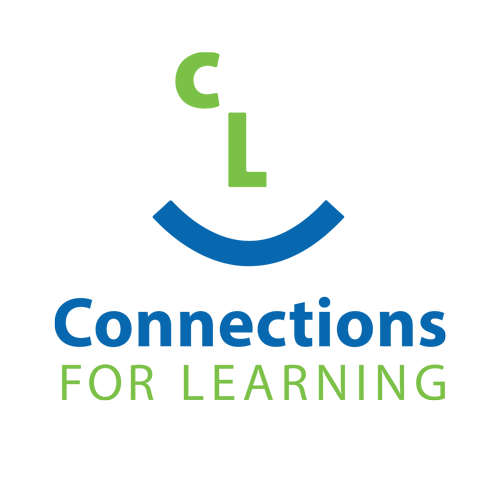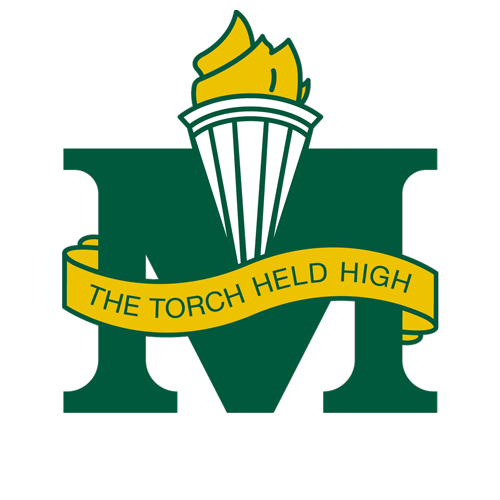18: Role of the Student
Policy
The Board endorses desirable personal and interpersonal character traits in keeping with Board Policy 1: Division Foundational Statements and in the promotion of welcoming, caring, respectful, safe and healthy learning environments.
In modeling the Division’s Values and Beliefs, students are expected to learn, practice, develop and demonstrate that everyone is accepted and experiences a sense of belonging; that in full adherence to the Alberta Human Rights Act, all persons are equal in: dignity, rights and responsibilities without regard to race, religious beliefs, colour, gender identity, gender expression, physical disability, mental disability, age, ancestry, place of origin, marital status, source of income, family or sexual orientation. Within this context, students are expected to pursue academic and cultural studies to maximize their individual potential in becoming self-reliant, contributing members of society.
Specifically
1. Students are expected to:
1.1. Use their abilities and talents to gain maximum learning benefits from their school experiences;
1.2. Contribute to a climate of mutual trust and respect conducive to effective learning, personal development, and social living;
1.3. Co-operate fully with everyone authorized by the Board to provide education programs and other services;
1.4. Comply with the rules of the school; and
1.4.1. Respect and comply with the rules of any school that the student is visiting;
1.5. Account to the student’s teachers for the student’s conduct;
1.6. Attend school regularly and punctually;
1.7. Choose appropriate behaviours, with full understanding of the consequences that invariably follow their choices;
1.8. Treat other students and staff with dignity, respect and fairness;
1.9. Contribute to a learning environment that is free from physical, emotional, and social abuse;
1.10. Demonstrate, with increasing consistency, the School Code of Conduct;
1.11. Positively contribute to the student’s school and community and, to the greatest extent possible, to a learning environment that is well-ordered, peaceful, safe, non-threatening, and conducive to learning and optimal growth;
1.12. Refrain from, report and not tolerate bullying or bullying behaviour directed toward others in the school, whether or not it occurs within the school building, during the school day or by electronic means.
2. Students are accountable for:
2.1. Demonstrating respect for authority;
2.2. Demonstrating respect for others and their property;
2.3. Demonstrating respect for school property, equipment and textbooks;
2.4. Demonstrating respect for the diversity of all people.
3. Students are prohibited from engaging in unacceptable behaviour within the school or on any school or Board-related trips or activities.
3.1. Examples of such activities include, but are not limited to those defined:
3.1.1. In federal or provincial legislation;
3.1.2. In Board Policy 1;
3.1.3. In Administrative Procedure 355: Student Discipline;
3.1.4. In School Codes of Conduct.
4. The Board, and therefore all schools, shall act in accordance with the Tri-Municipal Community Violence Threat Risk Assessment and Intervention Protocol.
Approved:























